- Joined
- Mar 28, 2001
- Messages
- 6,341
Considering that illumination is never perfectly symmetrical or even, I''d have to look into this more. I have a series of photographs I''m putting together of 2 comparison stones so that you can see how they photograph in various lighting environments which depict brightness. Give me a bit and I''ll get it togehter. I wouldn''t arrive at a rash judgement however.Date: 3/17/2006 3:37:34 AM
Author: Serg
BTW,
Rhino, On your nice photo even nice diamond is semi( or quarter) dead. Even nice diamond can not work completely in DD GIA.
It is bad sign.
Peace,
Jon












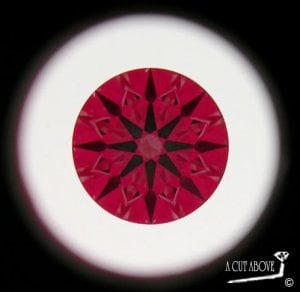
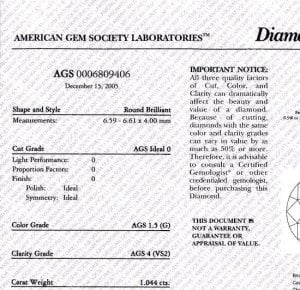
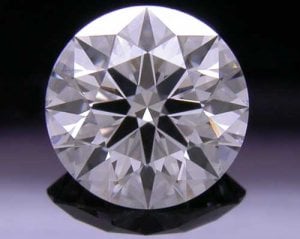
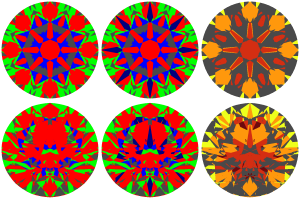

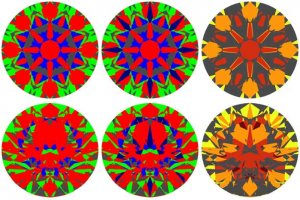


300x240.png)